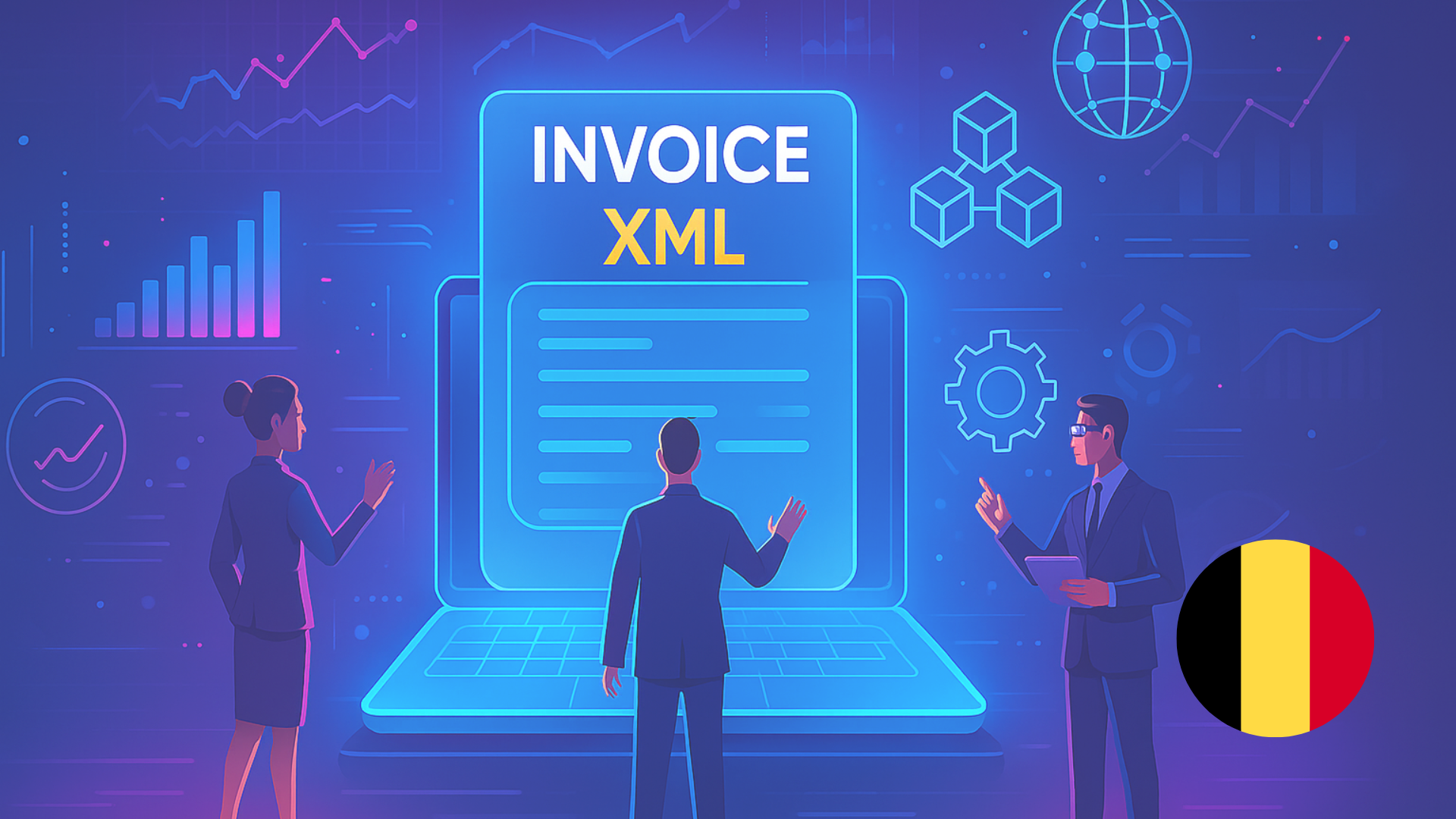
Belgium is another country that has announced the introduction of an electronic reporting obligation. This major step toward full digitization of VAT compliance is starting 1 January 2026. The change will require businesses operating in Belgium to create, exchange and store invoices in a structured, machine-readable format (typically XML), rather than as PDFs or paper documents. For companies using SAP, it is time to align systems, processes and data with the new regulatory expectations.
The new rule applies to all companies in Belgium that issue invoices to other VAT-registered businesses. If you are selling goods or services to another business within Belgium, you will need to issue an e-invoice. E-invoices must follow the European standard EN 16931 and will usually be sent and received through the Peppol network - a secure system for exchanging electronic documents. However, the new law does NOT apply to B2C (business-to-consumer) transactions, flat-rate taxpayers or businesses that are exempt from VAT. For these cases, electronic invoicing remains optional.
If your business runs on SAP, now is the time to prepare for Belgium’s upcoming e-invoicing mandate. Your systems must be ready to create, send and receive structured electronic invoices. Yes, we say goodbye to PDFs and hello to automation. Here are three essential steps you need to consider before the official rollout:
It is also important to note that each integration varies by SAP version. For instance, S/4HANA Public Cloud uses APIs and SAP Cloud Integration (CPI) for streamlined compliance. On the other hand, the On-Premise or Private Cloud version rely on IDocs or BAPIs and outbound processing, which means that middleware may be needed to bridge the gap.
Integrating SAP is more than just a tech change, as it impacts your entire financial governance framework. Therefore, the importance of a good set-up in advance is essential for your Finance and Compliance teams. If there is no structured invoice and your company keeps using PDFs, you may lose your right to deduct VAT. At the same time, real-time audit trails will become standard, which means transactions must be clean, traceable and backed by accurate data. Master data quality such as VAT identification numbers, legal names and addresses will play a critical role in ensuring invoice acceptance and avoiding regulatory issues. Another key requirement is digital archiving: both incoming and outgoing invoices will need to be stored electronically in a format that meets legal retention standards.
Transitioning to e-invoicing is a multi-step journey that starts with one key foundation: clean, reliable master data. Before you can send or receive structured invoices, you need to make sure your customer and supplier information is accurate and up to date. From there, several challenges may surface along the way.
Data cleansing and enrichment is often the first hurdle. You will also need to align closely with your business suppliers and customers to ensure everyone is ready to exchange invoices in the Peppol format. Testing this exchange can reveal hidden issues, especially if you are not using SAP’s Document and Reporting Compliance (DRC) tool, which simplifies integration. Without it, the process may involve greater technical complexity and custom setups.
By preparing early, SAP-enabled businesses in Belgium can meet the regulatory deadline and benefit from faster, cleaner and more compliant invoicing processes. Start by analyzing how invoices flow through your SAP system. Pay special attention to any custom logic or non-standard processes. Then, decide whether to implement SAP DRC or confirm that your alternative solution meets Belgium’s e-invoicing requirements. Once your system setup is ready, run tests to ensure you can successfully generate and exchange e-invoices over the Peppol network. Finally, don’t overlook the human side. Train your Accounts Payable and Receivable teams on the new workflows, how to handle exceptions and what to do when things go wrong.
To get started, send us a message and we will get back with a solution as soon as possible.
Let's talk